Capital: Lusaka
Area: 752.618 km2
Inabitants: 17.861.030 inhabitants (2019)
Population density: 23,73 inhabitants per km2.
Languages: Zambia has a total of 72 tribes. Each tribe has its own language, which makes the country a place where many languages are spoken. However, English is the official language and the most common local languages are Nyamja, Bemba, Tonga and Lozi.
Currency: The country’s official currency is the Zambian Kwacha (ZMW). In exchange, 1 euro is 19 ZMW. You can look at the current change in the next link.
Clima: In Zambia we find two totally different seasons: the dry season, which is usually between May and November; and the rainy season which is usually between December and April. During this time, some parks are closed (such as North Luangwa) and others are difficult to access (such as Kafue or Liuwa Plain) as the rivers grow considerably.
Road driving: In Zambia, roads are a challenge. We find some main ones that come and go from Lusaka to different parts of the country, and in which you will find different tolls that you will have to pay. These have a fixed cost of 20 kwanchas per vehicle. These roads are usually paved and in good condition. Anyway, the road that goes from the border with Tanzania (Nakonde) and goes to Lusaka is also paved but it is a torture because the first 120 kilometers is full of potholes and makes it impossible for you to go at a normal speed and avoid falling into them so as not to burst wheel. The other secondary roads are mostly dirt, and on some of them you will have to use the 4×4 as is the case with the road that runs parallel to the side of Lake Kariba or the Lower Zambezi. It is also important to take into account the rainy season because, in this case, you will have to check the condition of the roads as many (especially the secondary ones) go through river crossings that when we did (October) were dry, and therefore you could cross them; but with rainy season you may not be able to pass. In terms of traffic, we found few trucks and cars on the roads, compared to other countries like Kenya.
Internet / SIM card: Zambia does not stand out for its good coverage. We entered through the Tanzanian border and had a hard time finding a place to buy a SIM card, although it is also true that we left the border late. The next day we bought an Airtel SIM card from a person who was next to a truck parking area next to the main road. The card cost us 10 Kwachas and we bought a 4GB data pack for a total of 40 Kwachas. In total, these 50 kwachas correspond to about 2.60 euros.
Visa: To enter Zambia, you will need a tourist visa. For Spanish passports, you can get it at your point of arrival, either at the airport or at the border. We processed it at the Nakonde border, right at the exit from Tanzania. The cost of this visa is 50 USD, and it will allow you to be in the country for a period of less than 90 days. If you want to visit Zambia and Zimbabwe, you can also apply for a joint visa for the two countries, known as the KAZA Visa, which costs 50 USD and is valid for a maximum of 30 days. You can get this visa when you arrive directly at the following border points: Kazungula border, Victoria Falls border, Kenneth Kaunda International Airport and Harry Mwanga Nkumbula International Airport. Since we entered Zambia through the Tanzanian border, it was impossible for us to get this joint visa and we had to process, first the Zambian visa, and then the Zimbabwean visa at the Victoria Falls border. Finally, a very important aspect to note is that they only accept cash payments and only accept new dollars.
Budget: In total, we were in Zambia for 14 days and spent a total of 607.72 euros per person. We entered the country twice: once in October 2021, and the other was in February 2022 when we were heading to Malawi. Below is a breakdown of all expenses in Zambia:
WHAT TO SEE IN ZAMBIA?
1.- SOUTH LUANGWA NATIONAL PARK
This park is one of the most beautiful and least visited in Africa. It is one of the best animal sanctuaries you can find, but much less well known than other similar parks such as the Kruger, Serengeti or Masai Mara. The animals are basically concentrated around the Luangwa River. There you will find more than 60 species of animals and more than 400 species of birds. We saw elephants, Thornicroft giraffes (a unique species in this area) and leopards; among others. It is one of the few national parks in Africa that allows for a night safari (highly recommended) and wildlife from another perspective; or dare to go on a safari on foot with the local association of Zambian guides. A must see if you are in Zambia.
The Zambezi River is the fourth largest river on the African continent. It rises in the mountains of northwestern Zambia and empties into the Indian Ocean, traversing the entire country and advancing through various formations such as Victoria Falls and Lake Kariba. Beyond the Kariba Dam, we find the Lower Zambezi area; which marks the natural border between Zambia and Zimbabwe (Mana Pools NP). There, you can take a boat trip while watching the animals approach to drinking water, and enjoy one of the most beautiful African sunsets you can see. It is also a good place for fishing and unwinding in one of the different accommodations along the Zambezi River.
Lake Kariba is the largest artificial lake in the world, supplying electricity to Zambia and Zimbabwe. It marks the natural border between these two countries, and its waters come from the Zambezi River, the fourth largest river in Africa. There you will find many local people who live by the lake, and you can do different activities such as canoeing around the lake; watch the sunset from a boat; or rest in a place that is not yet crowded with tourists.
Victoria Falls is one of the spectacles of nature that leaves no one indifferent. Discovered by Livingstone, he named them after the Queen of England. These waterfalls, located on the Zambezi River, which mark the border between Zambia and Zimbabwe, are 1.700m wide, making them the widest waterfalls in the world. They are one of the main tourist attractions in Zambia from where you can enjoy the Devil’s Pool, a natural pool that forms right on the edge of the largest waterfall.
5.- KAFUE NATIONAL PARK
Kafue National Park is the largest and oldest park in Zambia. It is located in the southwest of the country, 200 kilometers away from Kafue and north of the main road from Livingstone to Lusaka. There, you can see 4 of the 5 big five such as lions, leopards, buffalo and elephants; apart from other wild animals such as cheetahs, wild dogs, 20 different species of antelopes and about 500 species of birds. The landscape is characterized by the many arms of the Kafue River and floodplains such as Busanga. For this reason, it is advisable to go there during the dry season, that is, from May to November approximately.
6.- LIUWA PLAIN NATIONAL PARK
This national park is located 100 kilometers from the town of Mongu, near the border with Angola. Liuwa means “plain” in the Lozi language and the reserve is inhabited by 10.000 people legally who have turned this place into an example of coexistence between population and wildlife. One of Liuwa Plain National Park’s most stunning shows usually takes place in early November: Africa’s second largest large wildebeest migration, with 30.000 individuals migrating in search of larger pastures. Currently, they are repopulating the feline population with the presence of lions, cheetahs and hyenas; among others.
7.- NDOLA, SOLWEZI and COPPERBELT
This area of the northwest of the country is characterized by being the predominant mining area of Zambia, with copper as its star mineral. However, not everything revolves around mines. In Ndola, for example, you can visit Hindu temples and mosques; apart from visiting Jacaranda trees and Lake Kashiba, a natural blue water pool set in the middle of a jungle. In Solwezi, you can take the English road (T5) towards Kalumbila where you will pass through panoramic views of the region, you can stop to see the Mutanda Falls and visit its local market in this mining town.





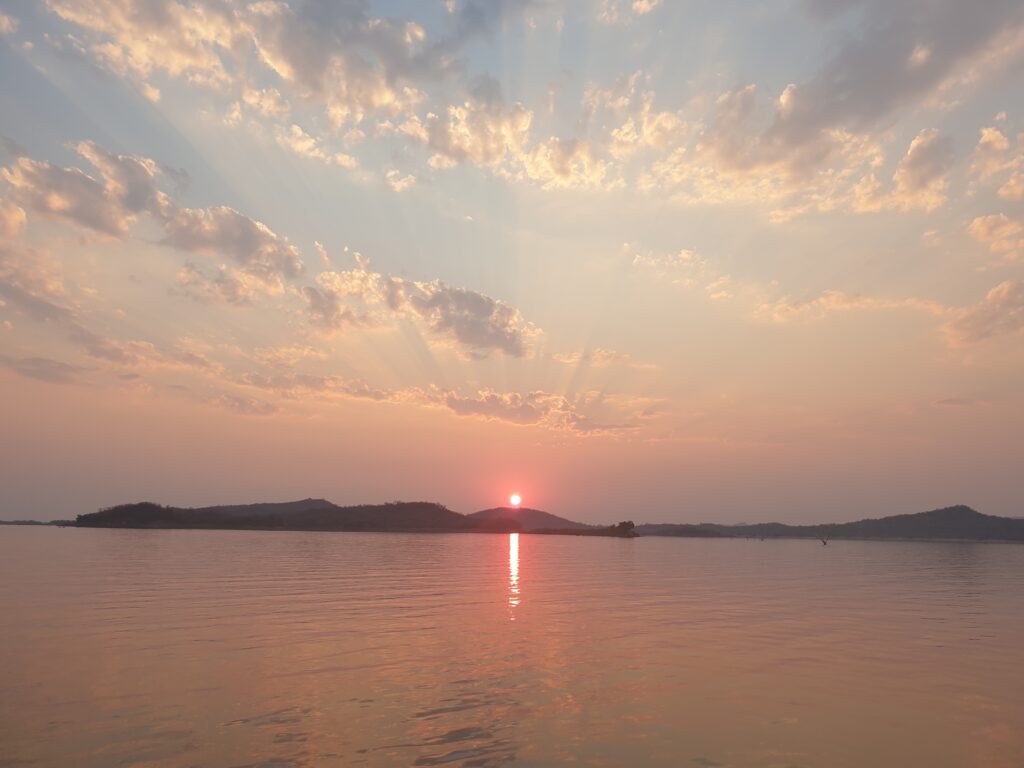
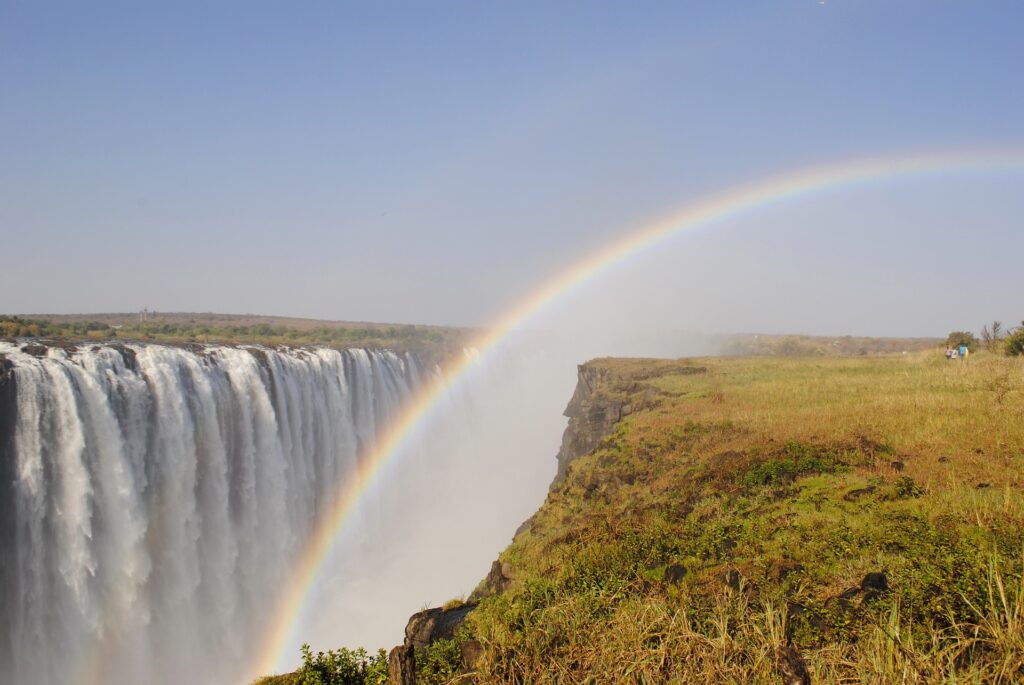
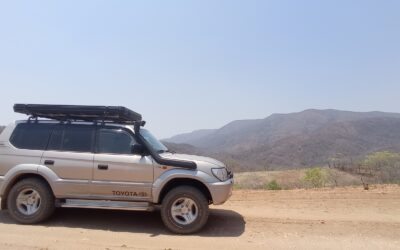
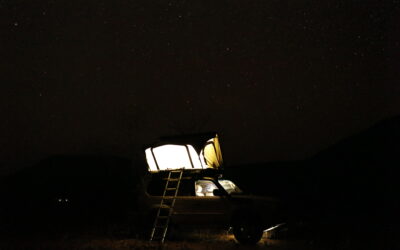
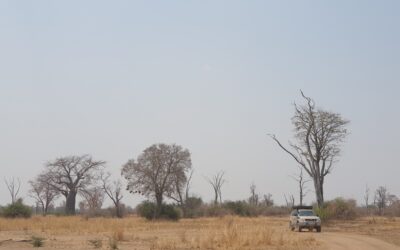


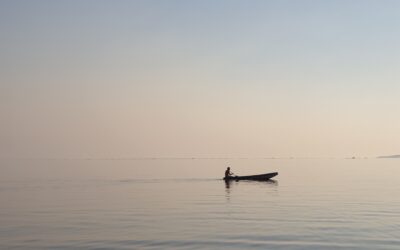
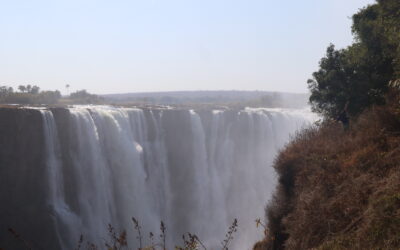
0 Comments